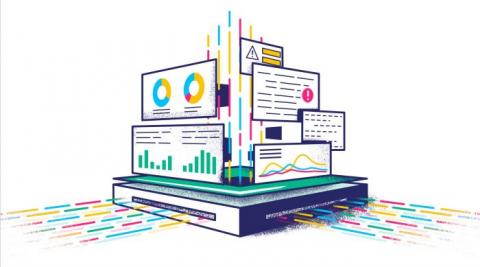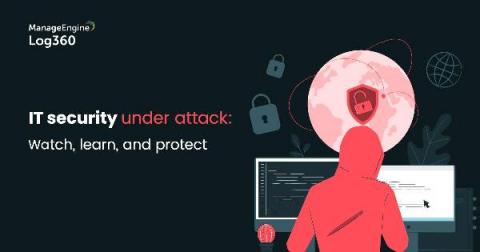Custom Headers on our WebHooks Integration
Exciting news! We have recently updated our Webhooks integration to allow custom headers in order to integrate with third party alarming tools. This update makes our webhooks integration more powerful and adaptable. The Webhook integration allows you to get RapidSpike notifications in your applications, and custom headers lets us send extra data along with the Webhook, which some third parties may require.










